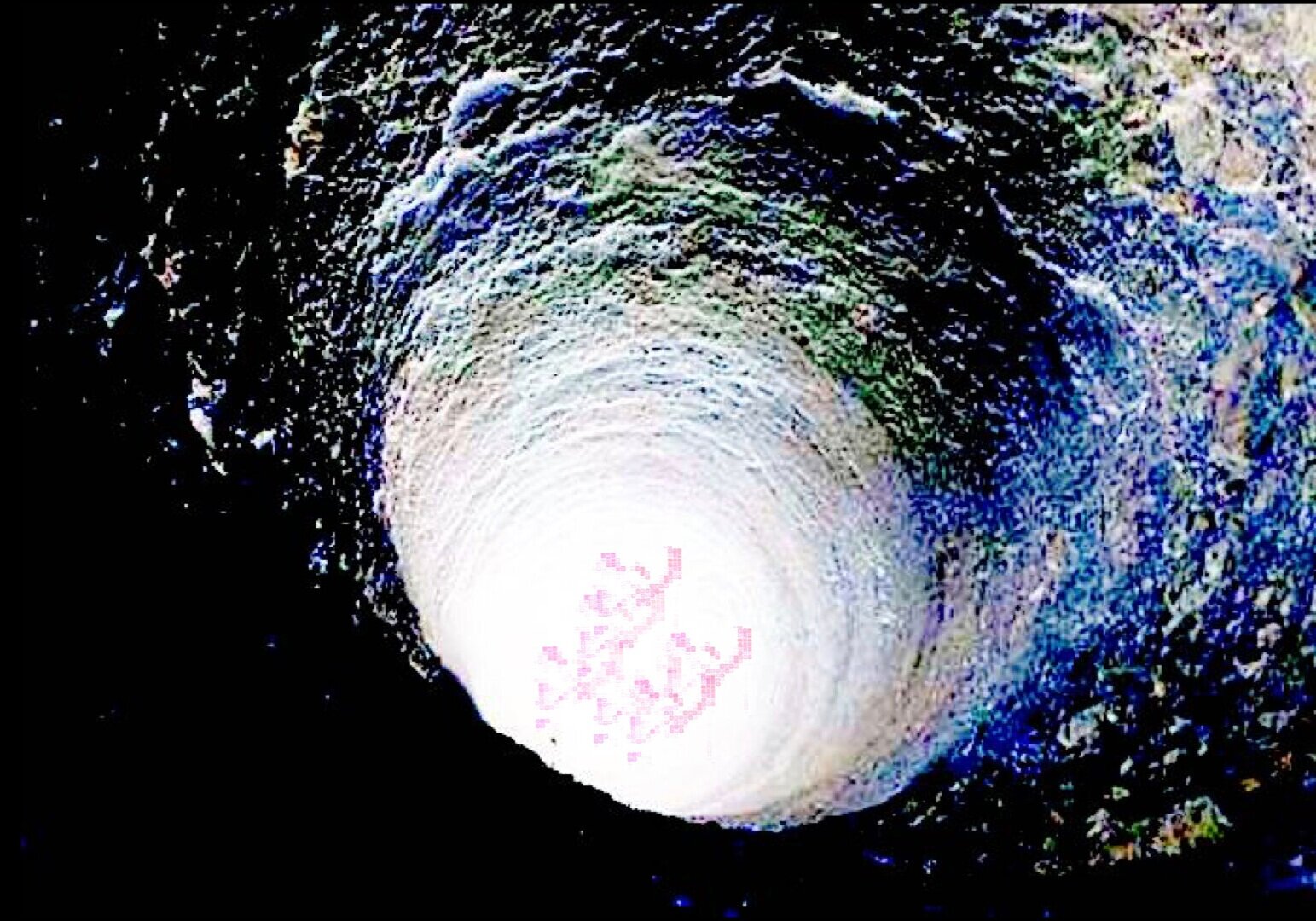Data Wells
Access to water has been a crucial component to the development of any human settlement. It is of common knowledge that the most powerful civilizations and empires have always formed around vast bodies of water. Furthermore, many of their glory ages and demises are attributed either to the abundance or lack of water. The progress of technology and the importance of water to collectives allowed humans to devise new ways to reach canals, rivers and in some cases, subterranean bodies. It is here where I find an ancient invention that can give us a different perspective on ways in which we can imagine our modern cities interacting with increasingly ubiquitous digital resources and infrastructure: the water well.
In today’s world, digital infrastructure has created a flow of information that is analogous to the aquifers that have run within deep layers of the Earth for thousands of years. Phones, satellites and wireless sensor networks create omnipresent streams of information that have become a highly valuable resource for modern society. These streams can be used in ways that can deeply impact human lives for better or for worse. It is therefore crucial to imagine ways in which we can access the benefits of these technological streams as elegantly as humans utilized community wells did in the past.
Throughout their evolution, wells have varied in depth, shape and mechanisms used for pumping, but the key idea that excites me about them is that they become a public and shared portal to an essential resource. For this reason, communities cared for the well as they knew that it was crucial at an individual level but even more so at the collective scale. Most importantly, the benefits that the well brought could be accessed by all of the community for flexible quantities, needs and time frames.
A second key aspect of wells is their distributed and independent nature. Wells have a history of being controlled and maintained by the same people that get the benefits out of them. As past generations did with water wells, wells connected to information should be maintained and controlled by the communities that they serve. Having control over the portal would allow for oversight of the information that flows out of it as well as direct knowledge of how this information is being used.
Another interesting attribute is that a well will interact with an ever flowing and changing stream of water but, at a given place in time, it only has access to the streams that are adjacent to it. Nevertheless, this fact does not limit users from reaping its benefits. Taking this idea into our information streams would mean thinking about algorithms and systems that would be able to create useful knowledge with brief snapshots of information rather than having to use large amounts of non-adjacent and historical data.
Keeping with the analogy, within the world of data, it seems to me that we have jumped directly into the age of massively distributed water bottles. The resource is the same but the tools used to extract and spread its value are not. It might sound ironic to say so, but valuable aspects of a multi-cultural and timeless tool like the well, might help us better understand ways in which community-centric tools can enable a more fair and equitable distribution of benefits for a better future.
...Shared portals to essential resources. Wouldn’t that be great?
© Andres Rico
